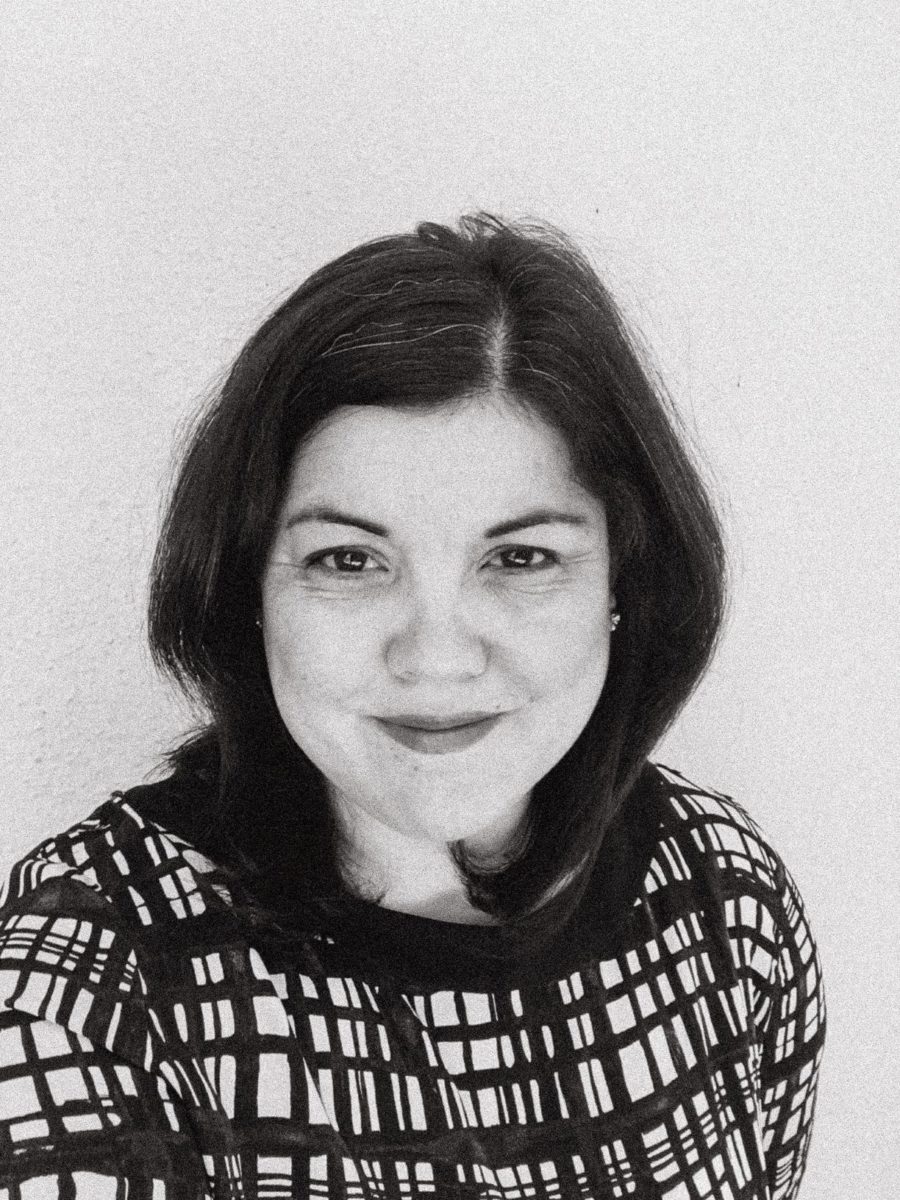As we noted last week, a new exhibition of San Francisco Photographs by Minor White is being staged by the California Historical Society.
In this exclusive interview, we speak with Erin Garcia, the Society’s director of exhibitions.
Previously she worked at the Getty Museum in Los Angeles, the San Francisco Museum of Modern Art, and Oakland Museum of California. Over the past two decades, she organized dozens of exhibitions and published three books about the museum collections. She holds bachelor’s and master’s degrees in art history from UC Berkeley and the University of New Mexico.
Erin Garcia: The majority of White’s San Francisco photographs show the built environment in a state of transition, but it is in his photographs of people that I find signs of resilience. They just lived through the Great Depression and a world war and now things are looking up. We see them remaking the city and getting on with life—waiting for the bus, buying groceries, doing their work. White captures their energy in pictures like Mid-morning coffee time, Sansome and Pine Streets where women rush to downtown office jobs, or Nisei Barber Shop, 1615 A Post Street where men gather indoors to socialize. Hopefully, similar scenes will play out once again in San Francisco in the near future.
[Here are links to the photos on our digital library:]
CC: Our readers ride the ferries, thereby coming to this work from a unique perspective. Which photos are most likely to speak to them?
Garcia: Your readers might enjoy seeing Waterfront, a photograph White took at one of the piers along the Embarcadero. You can see several people who are perhaps about to board a ferry to Alcatraz. I like looking what they wore for a day of sightseeing—of course, they would be absurdly overdressed by today’s standards.
[Here is a link to the photo on our digital library:]
CC: As a curator, you must always be ready for encountering the unexpected. What were the biggest surprises for you when putting this exhibit together?
Garcia: Well, we all sort of knew it was coming, but the day I dropped off the photographs at the frame shop the first shelter-in-place orders were announced in the Bay Area. That was over a year ago. Since then there have been happier surprises, too—like talking about the show with a historian of the Fillmore District and learning that one of White’s students photographed many of the area’s jazz clubs. White made street views of the district, but he was clearly an outsider. David Johnson, a young African American art student of White’s, took his teacher’s advice to photograph what he knew. In so doing, Johnson created an important record of life in the Fillmore before it was redeveloped. White made an impact in so many ways, and this is a great example of his influence on the next generation of photographers.

